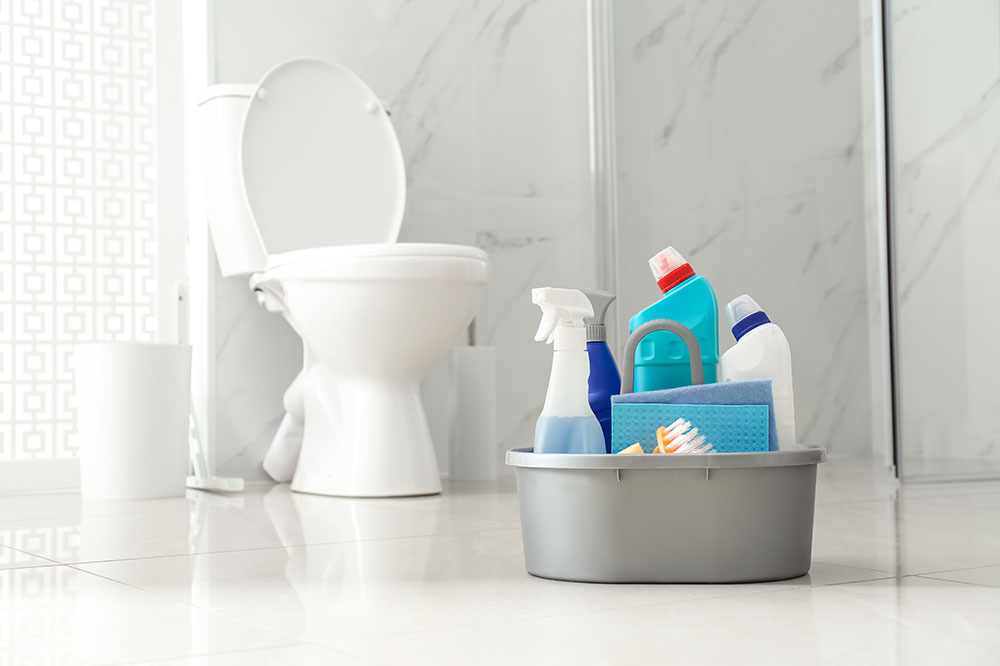
7 mistakes to avoid for a squeaky-clean toilet
A spic-and-span washroom is a sign of a clean and hygienic home. Maintaining a clean toilet is all about using the right products and following certain cleaning practices systematically. Today, the market is loaded with multipurpose cleaners and disinfectant products that are highly effective, facilitating a clean washroom. However, it is also essential to avoid certain cleaning mistakes, which can lead to hygiene problems. Some such common toilet-cleaning mistakes are as follows:
Treating all bathroom surfaces similarly
Each surface in a bathroom typically has different textures, requiring different cleaning products to be used for each. For example, a mildly abrasive cleaner should be used to remove scum, whereas non-abrasives are ideal for tiles, and bathtubs.
Not cleaning the toilet brush
The toilet brush can be a petri dish for bacteria and germs if left uncleaned and can lead to major hygiene issues eventually. It is advisable to clean the toilet brush thoroughly after every use, preferably by filling a bucket with warm water, adding some bleach to it, and leaving the brush in this solution for an hour. The brush should then be rinsed with fresh warm water before use.
Not cleaning the exhaust fan
An exhaust fan is essential in the bathroom to get rid of odor, moisture, humidity, etc. An unclean exhaust fan can lead to the development of mildew due to moisture and contribute to an unclean bathroom. Thus, it is important to clean the exhaust fan regularly, at least once in a fortnight, to avoid such problems.
Not dusting the surfaces
Not dusting before cleaning the bathroom and toilet can cause dust particles to circulate around the place, causing dust allergies and preventing the cleaning process from being effective. Engaging in an extensive dusting process before each cleaning session is important to ensure that all the dry dust is removed.
Using the same sponge for all surfaces
A common bathroom-cleaning mistake is to use the same sponge/duster for all surfaces. This practice does not help get rid of dirt and bacteria – it only transfers them from one surface to the other. Therefore, one must purchase different sponges for each surface.
Ignoring the toothbrush holder
The toothbrush holder is typically overlooked, as it is only used to store dental tools like brushes and tongue cleaners. However, wet toothbrushes are often placed directly on the holder, causing them to drip. Thus, these holders collect bacteria over time and can be the breeding grounds for infections. Cleaning toothbrush holders from time to time are important to avoid such issues.
Cleaning the bath mat infrequently
Bath mats are exposed to constant moisture and can collect bacteria and germs with time. Therefore, it is important to clean the mat regularly to avoid infections and facilitate hygiene.
Using superior-quality cleaning products for your toilet is half the battle won. Clorox’s Pine-Sol® multipurpose home disinfectant can be used to clean various surfaces, including toilets, tubs, urinals, and showers, and remove infection-causing bacteria, leaving your bathroom clean and tidy.







